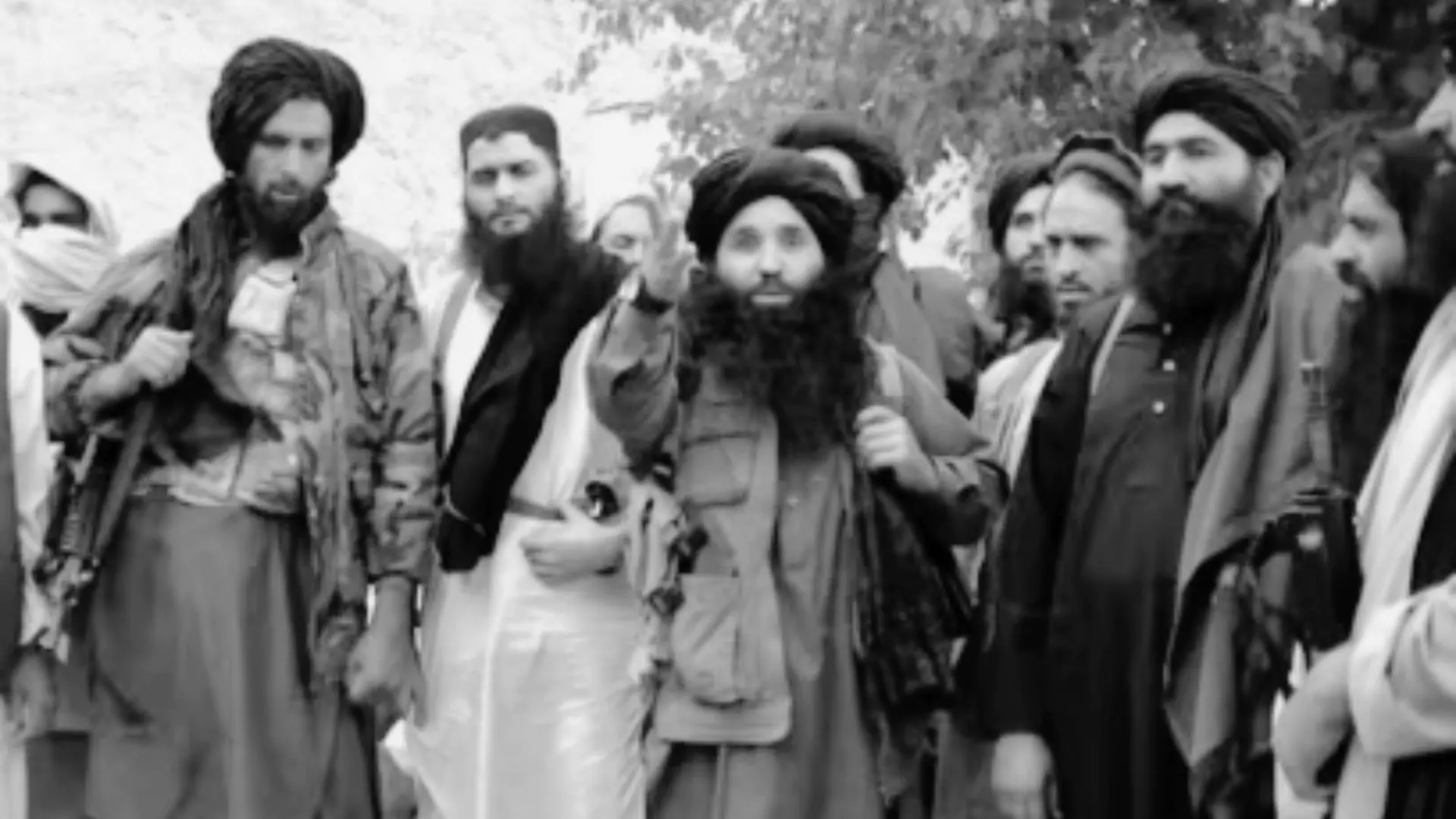The Mahayuti alliance is on track for a historic victory in the Maharashtra Assembly elections, poised to achieve what no other coalition has done: surpass the 200-seat mark. At noon, the ruling alliance—comprising the Bharatiya Janata Party (BJP), the Shiv Sena faction led by Eknath Shinde, and the Nationalist Congress Party (NCP) faction led by Ajit Pawar—was leading in 223 out of the 288 assembly seats. Meanwhile, the Maha Vikas Aghadi (MVA), led by the Congress, Uddhav Thackeray’s Shiv Sena faction, and Sharad Pawar’s NCP group, was ahead in only 55 constituencies, with 10 seats showing leads for non-aligned parties.
Mahayuti’s Performance Breakdown
Within the Mahayuti, the BJP emerged as the dominant partner, leading in 126 of the 149 seats it contested. The Shinde-led Shiv Sena was ahead in 56 of its 81 seats, while Ajit Pawar’s NCP faction led in 38 out of 59 constituencies.
In contrast, the Congress-led MVA showed a weaker performance. Congress led in 19 of the 101 seats it contested, Sharad Pawar’s NCP in 17 of 86, and Uddhav Thackeray’s Sena in 15 of 95.Here are five key factors behind Mahayuti’s success:
OBC Consolidation
A key driver of the Mahayuti’s success was the strategic consolidation of Other Backward Class (OBC) votes. The BJP, as part of the alliance, has long worked to secure non-Maratha votes, particularly from OBC communities. This strategy dates back to the 1990s with the BJP’s MADHAV formula, which unified the Mali, Dhangar, and Vanjari communities to counterbalance Maratha dominance, then aligned with the Congress.
This consolidation proved effective not only in Maharashtra but also in states like Haryana, where a similar strategy helped the BJP overcome anti-incumbency and secure power. Prime Minister Narendra Modi’s messaging, including the slogan “ek hain to safe hain”, resonated with OBC voters concerned about reservations potentially shrinking if Marathas were included in their category.
The balancing act between the Maratha and OBC communities, however, remains a challenge for the Mahayuti to navigate.
BJP’s strike rate vs Congress; Mahayuti scores big
A major focus of the election was the direct battle between the BJP and Congress on 76 seats. The BJP expressed confidence in winning over 50 of these seats, which could significantly influence the overall outcome.
The Congress has struggled in head-to-head contests against the BJP in recent years, drawing criticism even from its INDIA bloc partners. Vidarbha, a critical region with 36 of these contested seats, saw heightened competition between the two national parties in Lok Sabha elections.
Vidarbha: A crucial region for Mahayuti
The Vidarbha region, with 62 assembly seats, was pivotal in Maharashtra politics. Traditionally a BJP stronghold, the region saw the MVA gain ground in the 2024 Lok Sabha elections, winning 7 of the 10 parliamentary seats.
Vidarbha’s agricultural distress, particularly among soybean and cotton farmers, had created an opening for the MVA. Congress had promised a minimum support price of ₹7,000 per quintal plus bonuses for soybean farmers, potentially swaying rural voters.
The Rashtriya Swayamsevak Sangh (RSS), headquartered in Nagpur, also plays a significant role in BJP’s campaign strategy for this region. Out of the 150 seats contested by the BJP, around 50 are in Vidarbha, while Congress fielded candidates in about 40.
Freebies like Ladki Bahin scheme
The election also became a battleground for promises and welfare schemes. The BJP-led Mahayuti promoted its “Ladki Bahin” scheme, offering ₹1,500 cash transfers to women, while the MVA countered with a promise of ₹3,000 per woman, later matched by Mahayuti at ₹2,100. Both alliances made similar pledges for farmers, youth, and senior citizens, with these promises aimed at addressing economic distress in rural areas.
Infrastructure development and industrial investment also emerged as critical issues, influencing perceptions of which coalition could best drive Maharashtra’s growth.
Haryana momentum carried Mahayuti
The BJP leveraged its recent success in Haryana, where it consolidated non-Jat votes, as a strategic blueprint for Maharashtra. The party aimed to replicate this by unifying Hindu and non-Maratha OBC votes, countering the MVA’s strong performance in the 2024 Lok Sabha elections.
In Maharashtra’s general elections earlier this year, the MVA secured 29 seats compared to Mahayuti’s 18. This translated to dominance in 153 assembly segments for the MVA versus 127 for Mahayuti. The BJP’s challenge was to overcome this perception and build on its Haryana momentum.
Read More: Sanjay Raut On Maharashtra Election Results: “Something Amiss, Can’t Be People’s Verdict”

















